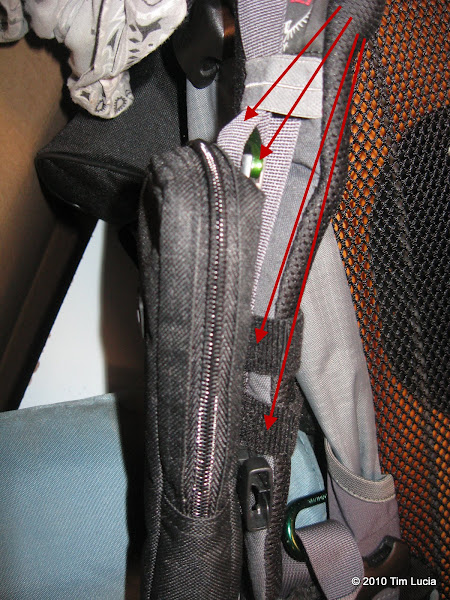una_dogger
Well-known member
Is anyone using one of the Garmin Forerunner series (205-305-405) to trailruns/hikes in the Whites and if so, how are you finding the accuracy of the elevation/distance logs and the strength of the GPS satellite coverage?
Tks in advance for any useful beta.
Tks in advance for any useful beta.

